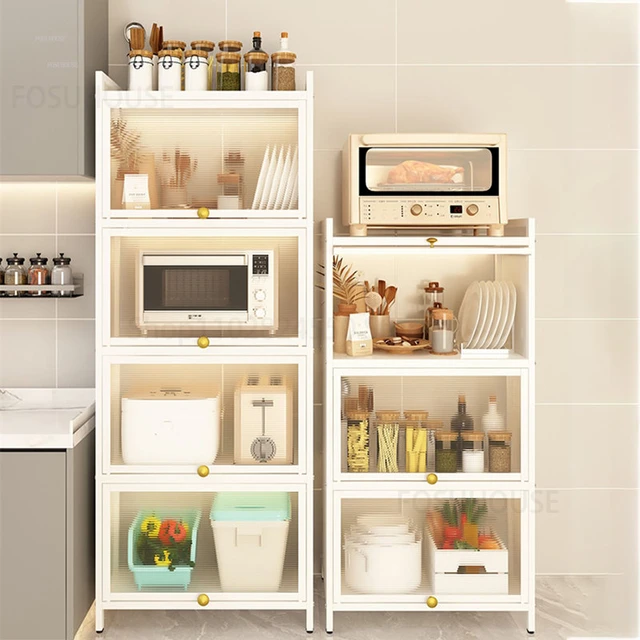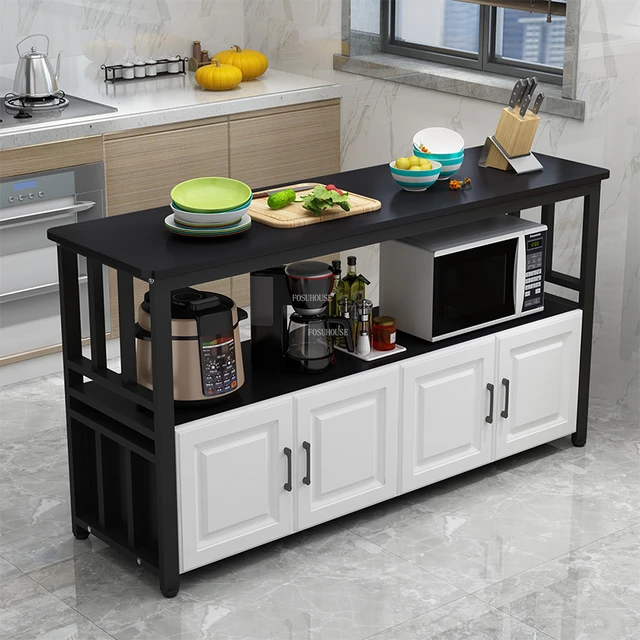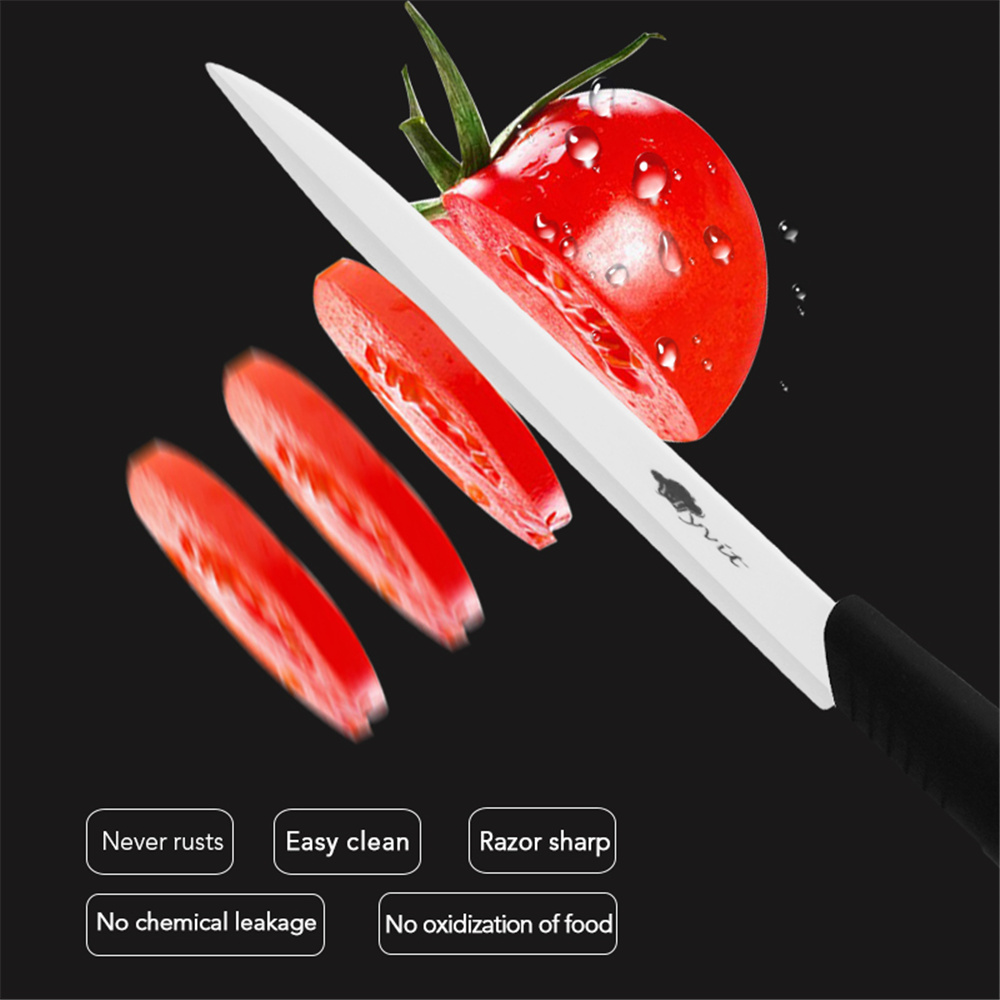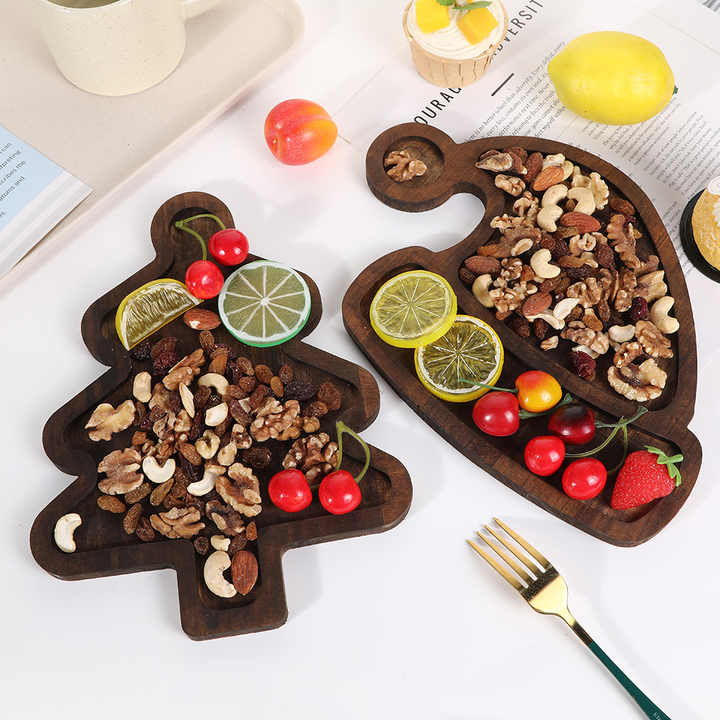 Introduction:
Introduction:
Redoing kitchen cabinets is an exciting and transformative project that can give your kitchen a fresh, updated look. Whether you want to revitalize worn-out cabinets or completely change their style, this guide will provide you with a step-by-step approach to redoing kitchen cabinets. From preparation and planning to painting or refinishing, let’s explore the process of giving your kitchen cabinets a new lease on life and enjoy the satisfaction of a beautifully transformed kitchen.
 Some common types:
Some common types:
There are several types of kitchen cabinets based on their functionality and placement. Here are some common types and their corresponding placement options:
Base Cabinets:
Base cabinets are installed on the floor and serve as the foundation of kitchen storage. They typically have doors and shelves for storing pots, pans, dishes, and other kitchen items. Base cabinets are typically located in the lower portion of the kitchen, underneath the countertop.
Wall Cabinets:
Wall cabinets, also known as upper cabinets, are installed above base cabinets and provide additional storage space. They are typically mounted on the wall and can have glass doors for displaying dishes or solid doors for concealed storage. Wall cabinets are commonly found on the upper portion of the kitchen, above the countertop and below the ceiling.
Tall Cabinets:
Tall cabinets are designed to maximize vertical storage space and often reach from the floor to the ceiling. They can be used as pantry cabinets or to store brooms, mops, and other cleaning supplies. Tall cabinets are usually placed against a wall, either as standalone units or integrated with other cabinets.
Corner Cabinets:
Corner cabinets are specifically designed to utilize the corner space in a kitchen. They come in various configurations, such as L-shaped, diagonal, or carousel-style, providing easy access to items stored in the corner. Corner cabinets are typically placed in the corners of the kitchen, taking advantage of otherwise unused space.
Island Cabinets:
Island cabinets are freestanding units placed in the center of the kitchen. They provide additional storage space, often in the form of drawers or open shelves, and can also serve as a workspace or a dining area. Island cabinets offer a versatile option for storage and are ideal for larger kitchens.
It’s important to plan the placement of different cabinet types based on the kitchen layout, available space, and workflow requirements.  Introduction to Redoing Kitchen Cabinets
Introduction to Redoing Kitchen Cabinets
Redoing kitchen cabinets involves renewing or altering the appearance of your cabinets to refresh the overall look of the kitchen.
A. Benefits of Redoing Cabinets: Redoing kitchen cabinets can enhance the aesthetics, increase the value of your home, and make your kitchen more enjoyable and functional.
B. Considerations Before Redoing: Before starting the project, evaluate the condition of your cabinets, determine the desired style or finish, and establish a budget and timeline for the redo.
C. Safety Precautions: Take necessary safety precautions, such as wearing protective gloves and goggles, ensuring proper ventilation, and following product instructions.
Preparing the Cabinets for Redo
Proper preparation is key to achieving a successful cabinet redo.
A. Clearing and Cleaning: Empty the cabinets and remove all items. Thoroughly clean the cabinets inside and out to remove grease, grime, and residue.
B. Removing Cabinet Doors and Hardware: Carefully remove cabinet doors, hinges, knobs, and drawer pulls. Label each door and its corresponding hardware for easy reassembly.
C. Sanding or Stripping: Depending on the existing finish, sand the cabinet surfaces to remove the top layer or use a paint stripper if necessary. Ensure a smooth and clean surface for the new finish.
 Choosing a Redo Method
Choosing a Redo Method
Decide on the method you want to use to redo your kitchen cabinets.
A. Painting: Painting cabinets is a popular and cost-effective way to completely transform their appearance.
B. Staining: Staining cabinets enhances the natural beauty of the wood and gives them a rich, warm look. It works best on cabinets that have a visible wood grain.
C. Refacing: Refacing involves replacing cabinet doors and drawer fronts while keeping the existing cabinet boxes. This method provides a fresh, updated look without the need for extensive construction.
Painting or Staining the Cabinets
Whether you choose painting or staining, the application process requires attention to detail.
A. Priming: Apply a primer suitable for your chosen finish to ensure proper adhesion and create a smooth surface for the paint or stain.
B. Painting: Paint the cabinets using a paintbrush or sprayer, starting with the backside of the cabinet doors and working your way to the front. Apply multiple thin coats for even coverage.
C. Staining: Apply the stain in a well-ventilated area, following the wood grain. Wipe off any excess stain and allow it to dry between coats. Finish with a clear topcoat for protection.
Refacing the Cabinets
If you choose to reface your cabinets, the following steps will guide you through the process.
A. Measuring and Ordering: Measure the dimensions of your cabinet doors and order new ones in your desired style and finish. Consider replacing or updating hardware for a cohesive look.
B. Removing Old Doors and Installing New Ones: Carefully remove old cabinet doors and hinges. Install new doors using the appropriate hardware and ensure they are level and aligned.
C. Finishing Touches: Add additional hardware or accessories, such as knobs, pulls, or decorative moldings, to complete the refacing process and enhance the new look of your cabinets.
Reassembling and Finalizing the Cabinets
After painting, staining, or refacing your cabinets, it’s time to reassemble and finalize the project.
A. Reattaching Cabinet Doors: Carefully reattach the cabinet doors, ensuring they are properly aligned and level. Install new hinges if needed.
B. Installing Hardware: Install new knobs, pulls, or hardware to give your cabinets a finished and polished look.
C. Cleaning and Organizing: Clean the cabinets thoroughly and organize and arrange items back into the cabinets, taking advantage of the fresh new space.
Maintaining and Enjoying Your Redone Cabinets
To keep your redone cabinets looking great, proper maintenance is essential.
A. Cleaning: Regularly clean the cabinets using a mild cleanser or soap and water. Avoid using harsh abrasives that could damage the finish.
B. Handling with Care: Take care when opening and closing cabinet doors to prolong the life and quality of your redone cabinets.
C. Enjoying the Result: Admire and enjoy your transformed kitchen cabinets. Revel in the satisfaction of a job well done and the enhanced atmosphere of your kitchen space.
 Conclusion
Conclusion
Redoing kitchen cabinets is a rewarding project that can significantly improve the look and function of your kitchen. Whether you choose to paint, stain, or reface your cabinets, careful preparation and attention to detail are essential for a successful outcome. With proper planning and execution, you can achieve a beautiful and transformative result that will enhance your kitchen for years to come. Embrace the satisfaction of a well-executed redo and enjoy the renewed beauty of your kitchen cabinets.


